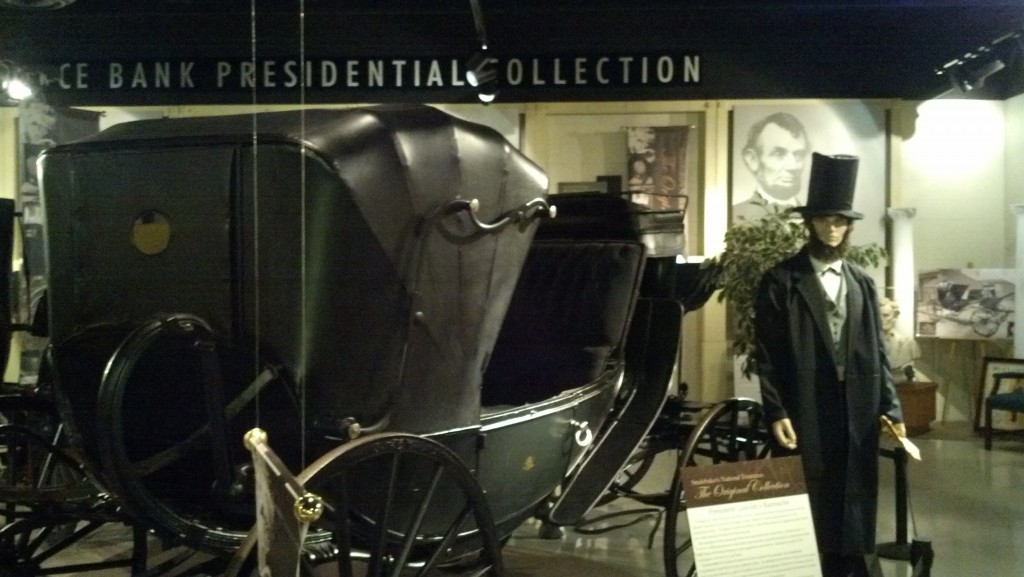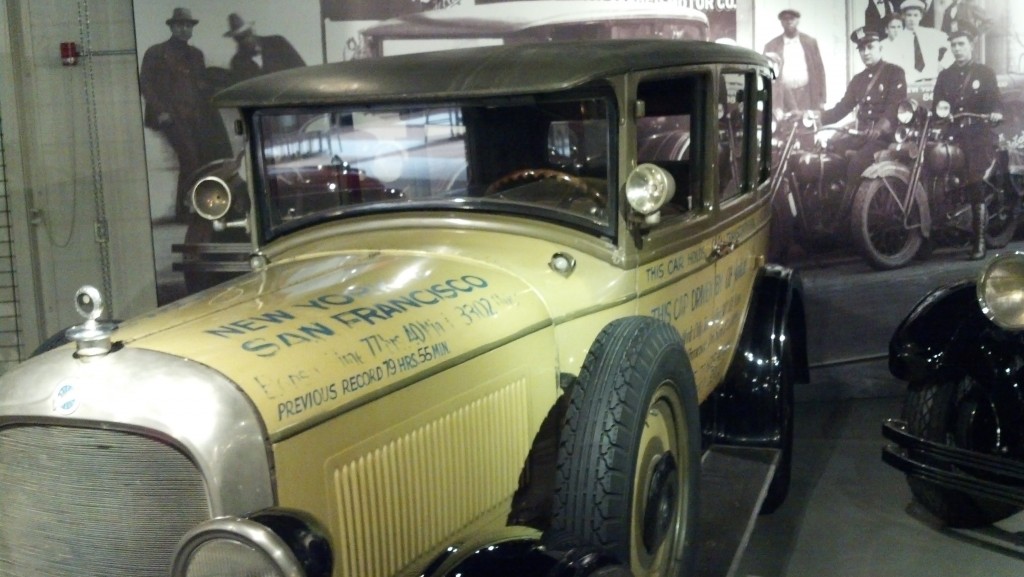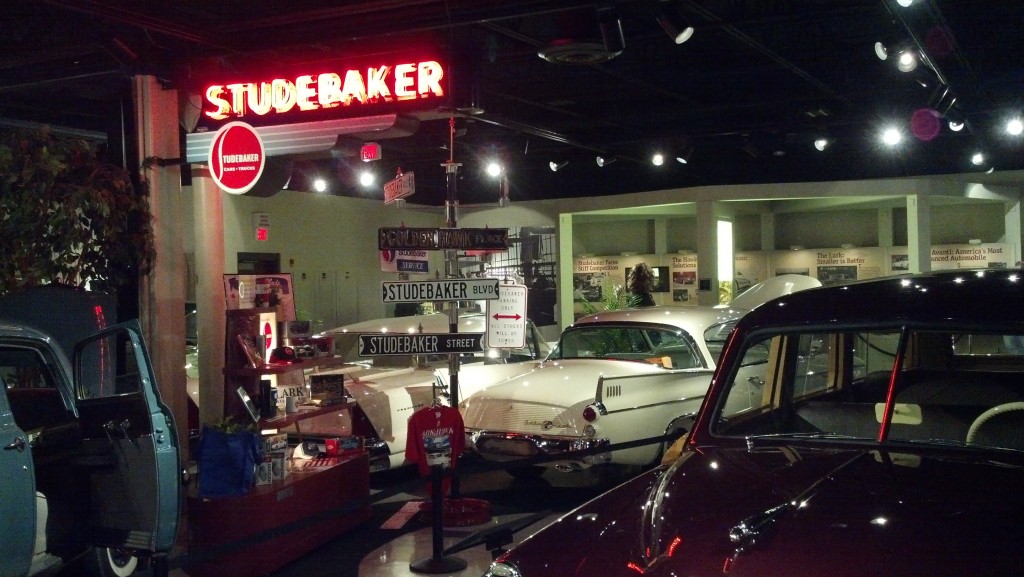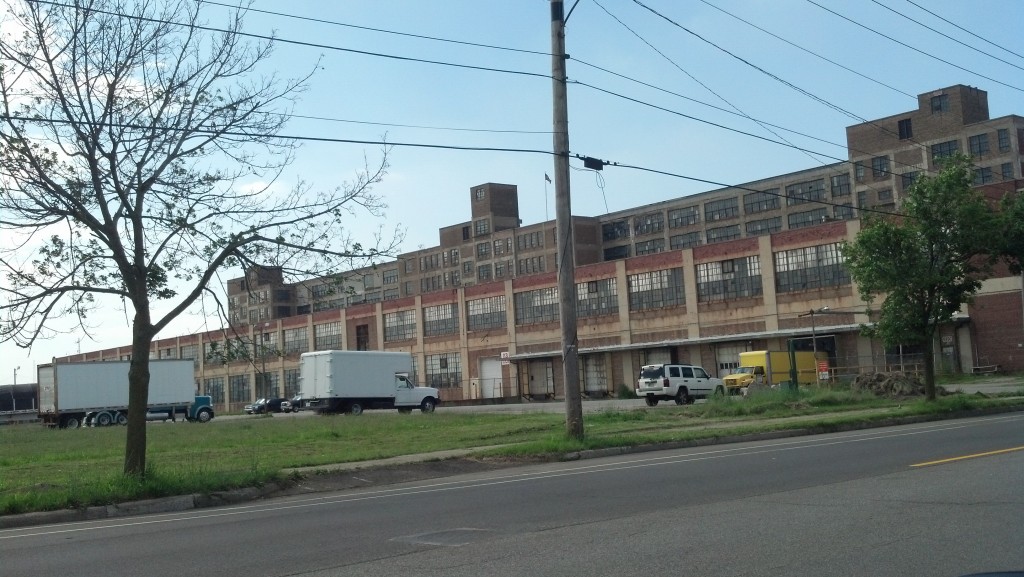
The carriage Abraham Lincoln used the night of his assassination is on display at the Studebaker National Museum in South Bend, Ind.
SOUTH BEND, Ind. — When I heard that the carriage Abraham Lincoln used the fateful night he went to Ford’s Theatre in Washington, D.C., was on display at the Studebaker National Museum, I knew I needed to swing through the city that most of us know better as the home of the Fighting Irish.
Although I had heard of Studebaker Corporation, which ceased automobile production in the 1960s, I was not aware of Studebaker’s important transportation legacy, which dates back to the 1830s when John Clement Studebaker first constructed a Conestoga wagon to bring his family from Gettysburg, Pa., to Ashland, Ohio — two towns that would eventually find themselves on the Lincoln Highway.
Fast forward to 1852, when two Studebaker brothers, Henry and Clement, started a blacksmith shop at the corner of Michigan Street and Jefferson Boulevard in South Bend — one block from where the Lincoln Highway’s original 1913 route passes through downtown — and soon, the family business became known for its production of wagons and carriages, well before the age of the automobile. (I should note that the Lincoln carriage was not manufactured by Studebaker, but was purchased in 1889 for what would become the Studebaker collection of presidential carriages.)
When the horseless carriage started to gain steam, there was an intense debate over whether to produce an electric car or one powered by gasoline. J.M. Studebaker favored electric cars and said at the time that gasoline-powered cars are “clumsy, dangerous, noisy brutes which stink to high heaven, break down at the worst possible moment and are a public nuisance.”
The first Studebaker electric car came in 1902. Thomas Edison purchased the second such car produced by the company. But the the economics of automobile production soon favored gasoline-powered cars and Studebaker stopped making electric cars. The production of Studebaker’s horse-drawn vehicles, meanwhile, ceased in 1920, according to the museum.
To make a long story short, Studebaker manufactured some very cool cars over the years — many of which are on display at the museum — but financially, the company had a tough run. In 1966, after 114 years of producing wagons, carriages and cars, Studebaker stopped production.
Walking around the museum, there was one car in particular that piqued my interest.
Post continues below …

Professional race car driver Ab Jenkins set a transcontinental record in 1927 driving this Studebaker sedan from New York to San Francisco, driving between the two cities in 77 hours and 40 minutes. (Photo by Michael E. Grass)
In the summer of 1927, legendary race car driver Ab Jenkins set a coast-to-coast record in a Studebaker Commander sedan driving from New York to San Francisco in 77 hours and 40 minutes. Jenkins no doubt followed parts of the Lincoln Highway’s route along the way west, just like I am.
According to The New York Times:
It should be noted that this 3,302-mile journey was made over primarily two-lane roads of marginal quality. Local navigators were necessary as roads were often poorly marked. To compound maters, foggy conditions slowed the pace through New York, and road construction brought all traffic to a halt for 20 minutes in New Philadelphia, Ohio. An uncooperative freight train yielded a 15-minute delay in Wabash, Indiana, and a wayward herd of pigs caused a minor calamity near Centerville, Iowa. A larger delay occurred near Lincoln, Nebraska. While cruising at 75 miles per hour, the Commander encountered an unmarked turn in the road. Jenkins, navigator Verne Easton and the Commander went airborne for nearly 30 feet before crash-landing in a freshly plowed field. Despite a visibly bent frame, the engine seemed no worse for wear, however, and the car was still drivable.
I certainly hope I avoid “a wayward herd of pigs” when I get to Iowa and don’t go airborne in Nebraska. (As for my own personal travel record, I drove from San Diego to Ann Arbor, Mich., in 34 hours during the summer of 2001.)
A gigantic Studebaker assembly plant, with 1 million square feet, still stands south of downtown, a symbol of the dominant role the car company played in this company town. The massive structure is part of a redevelopment project to adapt the building for use as a data and technology center.


